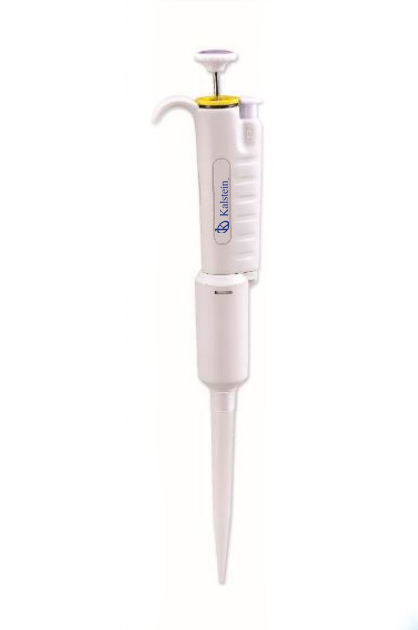Pipettes, a constant presence in labs worldwide, are essential tools employed across various scientific disciplines. To novices, a pipette may seem like a standard and insignificant lab instrument. However, the truth is that these tools are essential to ensuring improved clinical outcomes and precise diagnoses.
A pipette is essentially a measuring tool. It allows researchers and lab technicians to accurately transfer volumes of fluids between different containers. By doing this precisely, it ensures that the results obtained from experiments or tests are accurate and reliable.
We understand that you need equipment that delivers maximum value to your laboratory. We invite you to visit https://kalstein.it/category-product/laboratory-line/pipettes/ to immerse yourself in our universe of cutting-edge technology equipment. Our prices are competitive and accessible, we combine the convenience of online shopping with the guarantee of an exceptional product. Because you deserve the best, we create and offer top-tier laboratory equipment. Make your choice today, where science comes to life. https://kalstein.it/
Pipette Design: Maximizing Accuracy
Pipette designs have evolved as lab needs have become more sophisticated. Earlier pipettes were simple glass tubes. However, modern pipettes are now complex and highly precise tools.
Current pipettes feature interchangeable tips, offering users the flexibility to use different volumes. Pipette bodies are ergonomically designed for prolonged use, and clear markings on the tubes ensure accurate transfer.
Types of Pipettes: A Specific Solution for Every Need
In the pipette world, several types are used for different purposes. Transfer pipettes, also known as volumetric pipettes, are excellent for moving a specific volume of liquid. Other pipettes, like serological and Mohr pipettes, allow the transfer of various liquid volumes with a high degree of precision.
Piston pipettes are another popular type. These operate through a piston moving within the pipette body to suck in and expel liquids. Electronic pipettes, which use electrical systems to control piston movement, are gaining popularity due to their precision and ease of use.
Use of Pipettes: Enhancing Clinical Outcomes
Pipettes play a crucial role in improving clinical outcomes. In medicine, a pipette assists in carrying out tests and analyses on blood and other bodily fluids, such as erythrocyte sedimentation rates and hemoglobin tests. By enabling precise liquid volume measurement, pipettes facilitate accurate test result delivery, in turn improving diagnosis precision.
In scientific research, pipettes are used for experimentation, requiring precision in fluid measurement. This ensures that the experiment results are reliable and reproducible.
Pipette Maintenance: Ensuring Optimal Performance
Proper pipette maintenance is also essential to ensure optimal performance. Pipettes should be calibrated regularly to guarantee their accuracy, and should be cleaned after each use to prevent cross-contamination.
Regular maintenance can also help extend a pipette’s life. Worn-out parts should be replaced, and the piston system should be lubricated to ensure smooth operation.
Pipettes and the Future of Clinical Research
Pipettes will continue playing a crucial role in future labs. As diagnostic procedures and experiments become more sophisticated, the need for precise tools like pipettes will only increase.
Given the benefits they offer in terms of precision and improved clinical outcomes, pipettes will remain an essential piece in the world of science, from medical research to testing new products and drugs.
In conclusion, pipettes are valuable and versatile tools that play a crucial role in diagnostic accuracy and clinical outcome improvement. Whether used in medical research, clinical diagnostics, or simply classroom experiments, their importance cannot be underestimated.

